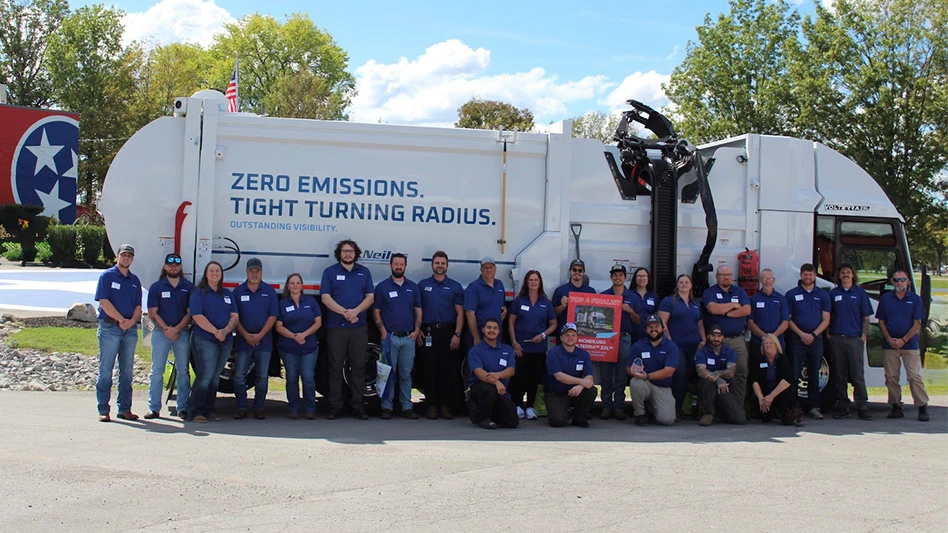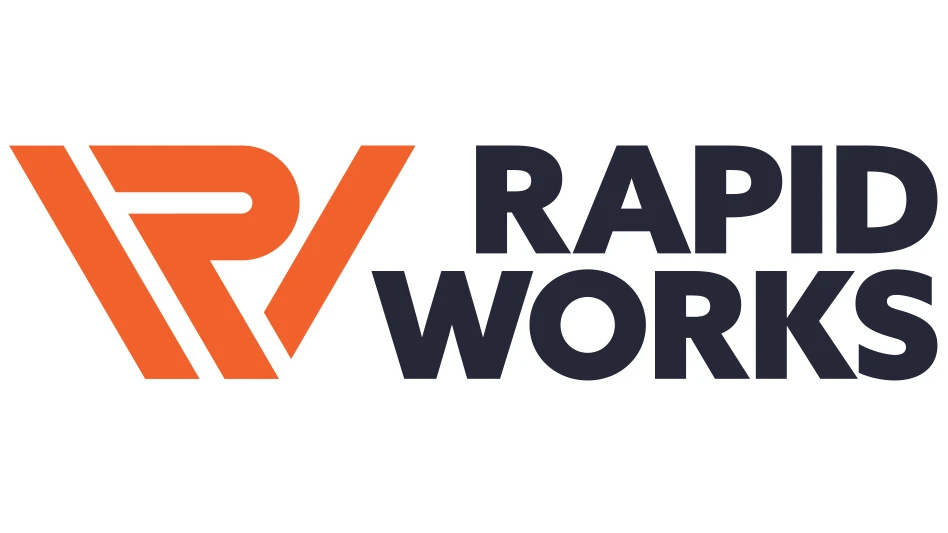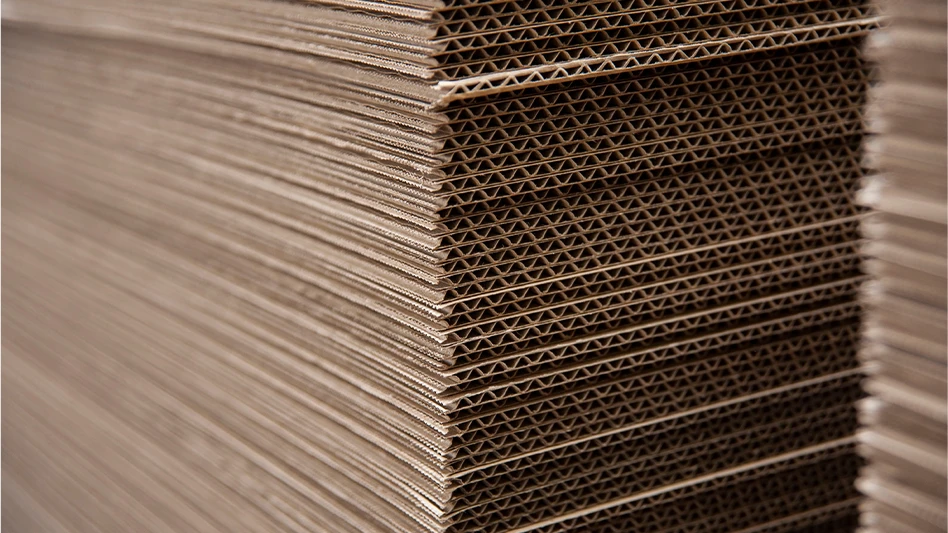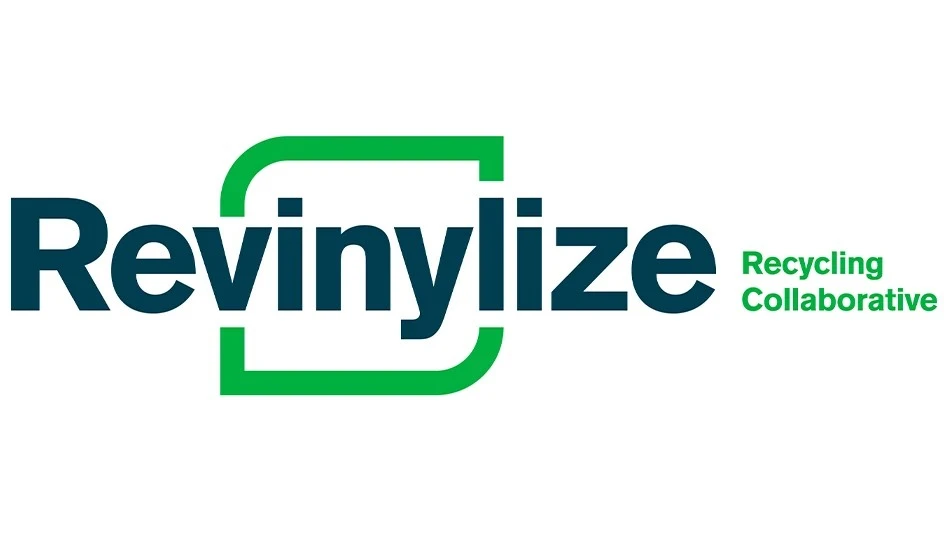
The circular economy is one of the fastest-growing global economic trends. The basic
In the automotive industry, significant new revenue streams potentially are possible if original equipment manufacturers (OEMs) truly embrace circular economy concepts. The Automotive Recyclers Association (ARA) has argued this point to the OEMs and to federal regulators, members of Congress and other industry stakeholders for quite some time. Regrettably, almost every automotive manufacturer has chosen to disregard the purest form of circular economy philosophy by rejecting reuse of quality OEM parts they produced.
In recent years, auto manufacturers have chosen to release or revise position statements on recycled and salvaged OEM parts, disallowing their use. These attacks on recycled parts significantly backtrack on the manufacturers’ environmental stewardship commitments to conserve resources and protect the environment. It is ARA’s position that automotive manufacturers must abandon their anti-circular economy positions on using recycled OEM parts. It is unacceptable for auto manufacturers to claim a leadership role in the circular economy movement while having corporate positions that do not support the reuse of OEM parts in motor vehicle service and repair.
Fearful that the presence of recycled parts in the replacement parts market will lead to lower corporate profits, automotive manufacturers have responded with unfounded attacks and misleading information about the use of recycled OEM parts to drive consumers away. Unfortunately, this “trashing” of used parts is not a new phenomenon within the automotive sector.
Automakers’ history of opposing reuse
Since the early decades of the automotive industry in the United States, manufacturers have battled against the very cars and parts they produce. As the automotive industry grew from the 1900s to the 1920s, more enhanced vehicles entered the marketplace in greater numbers with each passing year. Many owners
The U.S. Federal Trade Commission’s (FTC’s) “Report on Motor Vehicle Industry” in 1939 detailed these so-called junking programs, four of which actually operated: the Chevrolet plan, the Ford plan, the highway safety plan and the highway-safety plan extended. The Chevrolet plan, adopted by General Motors in 1925, along with the National Automobile Chamber of Commerce (NACC) highway safety plan, adopted in 1929, provided for the complete demolition of so-called junk cars, which allowed no parts to be resold. While the NACC did issue a bulletin that referenced a highway safety plan extended in 1932 that allowed the salvage of usable parts from demolished cars, the program didn’t last long, with the NACC abandoning the campaign near the end of 1933. It was only under the Ford plan that every usable part was harvested off the car and what remained was reduced to scrap. Remarkably, Ford had an actual salvage department at the company’s River Rouge plant in Detroit.
With such a rich history spearheaded by the iconic Henry Ford, one would think that Ford Motor Co. would be leading the circular economy movement within the industry today. Instead, it appears Ford Motor Co. and its Executive Chairman William Clay Ford Jr. (Henry Ford’s great-grandson) are engaged in a campaign aimed at disparaging the professional automotive recycling industry. ARA is dismayed that Mr. Ford, a sitting member of the company’s Sustainability Committee with a long history of supporting environmental causes, would support misleading information regarding basic reuse principles that offer undisputed environmental advantages.
In 2015, Ford launched a public awareness campaign allegedly to help consumers understand why using OEM parts matters. This campaign seems to be a rather transparent attempt to malign recycled Ford replacement parts from professional automotive recycling facilities to boost sales of expensive “new” parts from Ford.
The use of recycled OEM automotive parts has been accepted widely for decades and has a long track record of successful and safe use in vehicle repairs. It was not that long ago in 1999 that Ford actually made an investment of more than $1 billion to develop an automotive recycling division, GreenLeaf Acquisitions LLC, that at its peak included more than 30 facilities that sold recycled parts to repair shops.
The circular economy as a competitive advantage
Despite touting commitments to the basic tenants of a circular economy—recovering all products,
In a 2016 document titled “Automotive’s Latest Model: Redefining Competitiveness Through the Circular Economy,” the global professional services company Accenture indicates that “potential revenue of selected circular economy business models for automotive companies could more than double by 2030, growing by $400-600 billion. In a disruptive scenario, circular models would outpace revenue growth generated through new passenger car sales. And profitability could be more than three-times higher than traditional new vehicle sales—making circular economy business models a major profit pool in the automotive industry.”
Accenture, in that same publication, references that companies could complement their circular capabilities by working with third parties, such as Renault
As a pioneer in the circular economy, Renault shows how a dramatically different approach to automaking is good for the planet and good for business. Instead of planning for disposal at the end of its products’ lives, Renault
In a circular economy framework, Renault thinks of scrap products as resources. End-of-life vehicles are dismantled to transform parts and materials so they can be used again (and again) to make new products. In this space, Renault is investing in automotive recycling with its subsidiary Indra, using end-of-life autos as a resource for spare parts and further recycling of components and materials.
Governmental action to encourage parts reuse
Legislators and regulators around the world should take a serious look at the actions of auto manufacturers to encourage circular economy principles. For instance, former French Prime Minister Manuel Valls and his Environmental Minister Ségolène Royal passed a law in 2016 mandating that automotive workshops offer customers the choice between spare parts from the circular economy and newly produced parts. The law states that circular economy parts are “used parts” or “parts that have been remanufactured.” The only accepted reasons for workshops not to offer a circular economy product is lack of availability of these parts, severe safety concerns, if the part itself has a warranty issue or if service contracts include special conditions.
The new legislation ensures circular economy parts are a clear option for vehicle owners. This, in combination with attractive pricing, means consumers can now use their buying power to direct the market toward recycled parts. The new legislation becomes active in 2017.
ARA activities to advance reuse of automotive parts
In March 2016, ARA participated in the G7 Alliance on Resource Efficiency’s workshop, “U.S. Workshop on the Use of Life Cycle Concepts in Supply Chain Management to Achieve Resource Efficiency,” which was focused on the automotive sector. The U.S. Environmental Protection Agency (EPA) orchestrated the workshop, and participants included representatives from U.S. and foreign governments, scholars from academia, automakers and other domestic and international auto industry stakeholders, as well as life cycle and sustainability experts from other manufacturing industries. The focus centered on dialogue between the public and private sectors, discussions of life cycle and supply chain analysis and end-of-life challenges.
In a September 2016 EPA report summarizing the discussions of the workshop, ARA contributions to the dialogue are recorded that highlight the need for automakers to design
Sponsored Content
Tackling the Extreme Grind
Built for the toughest applications, our Heavy Duty Granulators and Shredders deliver high-quality output, less waste, and efficient operations. With rugged designs and unmatched reliability, they’re ready for the extreme grind—keeping your production line moving and your recycling process profitable. Tackle more. Waste less. Perform at peak.
Sponsored Content
Tackling the Extreme Grind
Built for the toughest applications, our Heavy Duty Granulators and Shredders deliver high-quality output, less waste, and efficient operations. With rugged designs and unmatched reliability, they’re ready for the extreme grind—keeping your production line moving and your recycling process profitable. Tackle more. Waste less. Perform at peak.
Sponsored Content
Tackling the Extreme Grind
Built for the toughest applications, our Heavy Duty Granulators and Shredders deliver high-quality output, less waste, and efficient operations. With rugged designs and unmatched reliability, they’re ready for the extreme grind—keeping your production line moving and your recycling process profitable. Tackle more. Waste less. Perform at peak.
Sponsored Content
Tackling the Extreme Grind
Built for the toughest applications, our Heavy Duty Granulators and Shredders deliver high-quality output, less waste, and efficient operations. With rugged designs and unmatched reliability, they’re ready for the extreme grind—keeping your production line moving and your recycling process profitable. Tackle more. Waste less. Perform at peak.
Sponsored Content
Tackling the Extreme Grind
Built for the toughest applications, our Heavy Duty Granulators and Shredders deliver high-quality output, less waste, and efficient operations. With rugged designs and unmatched reliability, they’re ready for the extreme grind—keeping your production line moving and your recycling process profitable. Tackle more. Waste less. Perform at peak.
ARA followed up on its workshop participation by meeting with EPA representatives in December 2016 to discuss the problematic position statements by automakers against the reuse of automotive parts.

Additionally, the association has continued to work with the office of Rep. Adam Kinzinger (R-Illinois) to push for recyclers’ access to OEM parts numbers and to build data sheets to help address safety issues surrounding recalls and to break down barriers to the reuse of automotive parts.
Most recently, ARA leadership and staff met with Federal Trade Commission (FTC) representatives to discuss the anti-competitive and possible monopolistic nature of certain actions by automotive manufacturers. This meeting continues a meeting held last summer with the FTC to explore disparaging marketing practices of automotive manufacturers toward recycled parts.
ARA is committed to promoting effective competition to ensure efficient repair and maintenance of motor vehicles globally. A true commitment to, investment in and adherence to circular economy concepts not only will benefit our industry but also will open doors to new revenue streams for other sectors of the motor vehicle service and repair marketplace.
ARA continues to call on all stakeholders to recognize the genuine value, safety and benefits that each repair part option (recycled, new, aftermarket, remanufactured) may provide and to address unfair market disincentives for the sale of some types of parts versus others.
Get curated news on YOUR industry.
Enter your email to receive our newsletters.

Explore the September 2017 Issue
Check out more from this issue and find your next story to read.
Latest from Recycling Today
- DuPont announces winners of Tyvek Sustainable Healthcare Packaging Awards
- HRH Metals gets new owner
- ESGL files provisional patent for acidic waste metal recovery technology
- Alabama awards $2.5M in grants to boost recycling efforts
- Sourgum expands services to Indianapolis
- Tomorrow Recycling seeks investment opportunities
- ArcelorMittal endorses EU steel trade measures
- Chemical companies reducing UK, European footprint cite similar challenges






